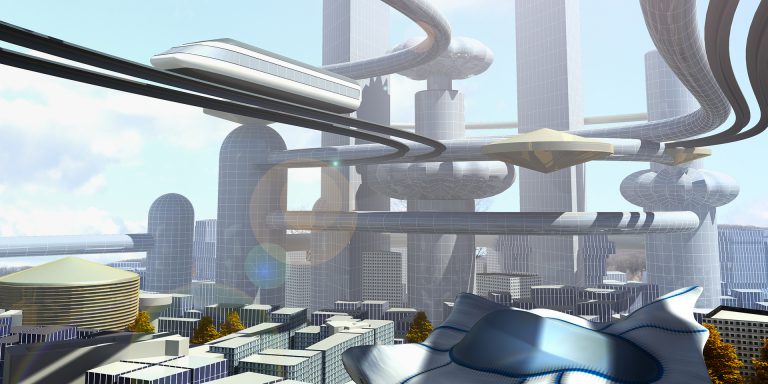The virtual factory of the future
We can usually associate each of the industrial revolutions with facts, dates and concrete people. In 1784, Edmund Cartwright designed the first mechanized loom, an unusable design patented the following year and revised shortly thereafter to give rise to the first industrial revolution, in which the steam engine facilitated the mechanization of production processes.
Almost a century later, in 1870, the first conveyor belt was installed in the Cincinnati slaughterhouse. This was the beginning of the second industrial revolution, characterized by mass production over power-driven assembly lines.
Another hundred years went by before the Modicon 084, the first Controllable Logic Programmer (CLP) was created by Dick Morley of Benford Associates in 1969. This was the device that initiated the third industrial revolution marked by automation, computing and robotics.
Much more recently, coinciding with the 2011 Hannover Fair, the concept of Industry 4.0 or the Factory of the Future emerged, sponsored by the German government in an effort to revitalize European industry. It was a commendable and necessary effort to guarantee the welfare society of which Europe is so proud.
Just consider that more than 40 million people are currently employed in the European manufacturing sector and each of these jobs generates at least one additional job in the service sector. Moreover, 80% of European exports are manufactured goods, representing 16% of Europe’s Gross Domestic Product (GDP).
However, although industrial production remains the main driver for innovation, growth and job creation in Europe, and the continent’s position in this sector is constantly challenged by Asia and America.
See full report here.








